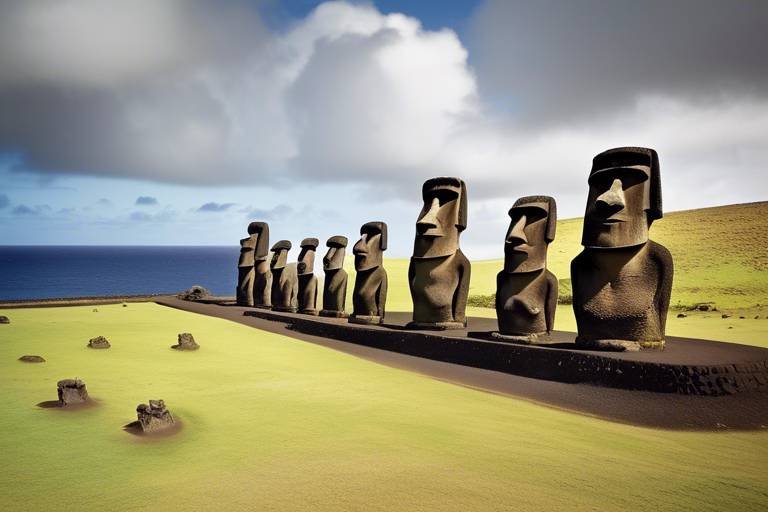The Secrets of the Great Sphinx of Giza
Hidden amidst the sands of Egypt lies a colossal figure shrouded in mystery and grandeur – the Great Sphinx of Giza. This enigmatic monument, with the body of a lion and the head of a pharaoh, has captivated the imagination of people for centuries. But what secrets does this ancient guardian hold within its stony gaze?
Constructed during the reign of Pharaoh Khafre in the 4th Dynasty of the Old Kingdom, the Great Sphinx of Giza stands as a testament to the architectural prowess of the ancient Egyptians. Carved from a single limestone outcrop, this monumental statue is believed to have served as a symbol of royal power and protection, overlooking the horizon with a watchful eye.
Legend has it that the Great Sphinx of Giza was designed to guard the pyramids of Giza, standing as a sentinel against malevolent forces and protecting the sacred tombs of the pharaohs. Its alignment with the rising sun on the spring equinox has led to speculation about its possible astronomical significance, with some suggesting a connection to the stars above.
Despite the passage of millennia, the Great Sphinx of Giza has weathered the ravages of time, bearing the scars of erosion and decay. In an effort to preserve this iconic monument, ongoing restoration projects employ advanced technological methods to study its structure and combat the effects of erosion. Through these endeavors, the secrets of the Great Sphinx continue to be unveiled, shedding light on its enduring legacy.
As the sun sets over the horizon, casting long shadows across the desert sands, the Great Sphinx of Giza stands as a silent guardian of Egypt's ancient past. Its weathered visage a testament to the passage of time, yet its mysteries remain as enigmatic as ever, waiting to be deciphered by those who dare to unravel the secrets of this timeless monument.
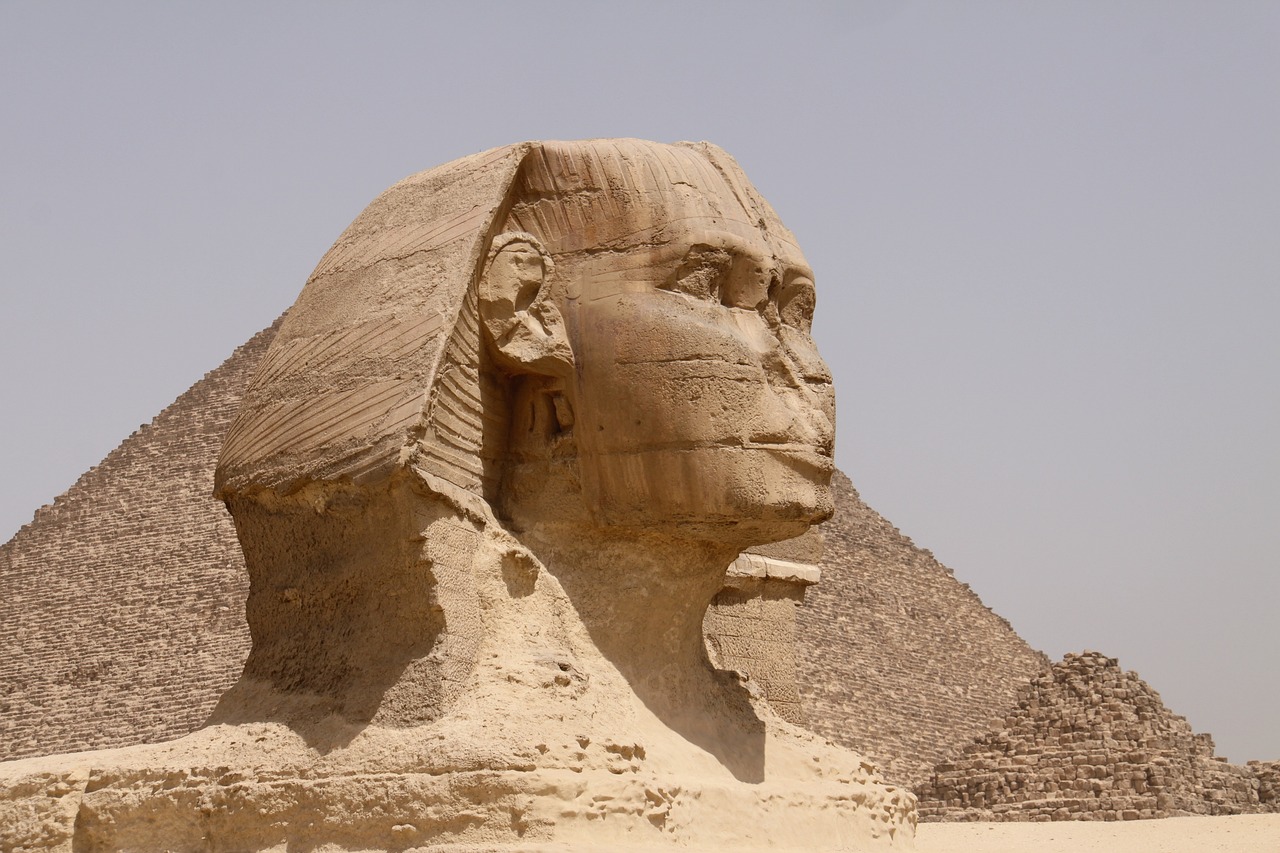
History and Construction
Exploring the mysteries and historical significance of one of the world's most iconic monuments, the Great Sphinx of Giza in Egypt.
Unraveling the origins, purpose, and methods used in the construction of the Great Sphinx of Giza, dating back to ancient Egyptian civilization.
The history and construction of the Great Sphinx of Giza stand as a testament to the ingenuity and craftsmanship of the ancient Egyptians. Built during the reign of Pharaoh Khafre in the Old Kingdom, around 2500 BC, this colossal limestone statue depicts a mythical creature with the body of a lion and the head of a pharaoh. The construction of the Great Sphinx involved intricate carving techniques and precise architectural planning, showcasing the advanced skills of the ancient Egyptian artisans.
Legend has it that the Great Sphinx was carved out of a single massive limestone outcrop, symbolizing strength and wisdom. The monument was designed to guard the entrance to the Giza plateau and protect the necropolis, including the famous pyramids, from malevolent forces. The precise methods used to create such a monumental structure remain a subject of fascination and debate among historians and archaeologists.
Despite facing centuries of erosion and damage, the Great Sphinx continues to captivate visitors with its enigmatic smile and imposing presence. The intricate details of its construction, such as the precise alignment with the cardinal points and the symbolic significance of its features, reflect the deep cultural and religious beliefs of ancient Egypt.
Exploring the historical context and construction techniques of the Great Sphinx offers a glimpse into the rich heritage of the ancient world and the enduring legacy of Egyptian civilization.

Symbolism and Significance
Exploring the mysteries and historical significance of one of the world's most iconic monuments, the Great Sphinx of Giza in Egypt.
Unraveling the origins, purpose, and methods used in the construction of the Great Sphinx of Giza, dating back to ancient Egyptian civilization.
The Great Sphinx of Giza holds profound symbolic meanings and cultural significance that have captivated people for centuries. This enigmatic monument represents the fusion of human intellect and animalistic strength, embodying the duality of nature and civilization. Its presence as a colossal guardian figure evokes a sense of awe and mystery, inviting contemplation on the mysteries of the past and the enduring legacy of ancient civilizations.
Examining the role of the Great Sphinx of Giza as a guardian monument believed to protect the nearby pyramids of Giza. Legends suggest that the Sphinx stands watch over the sacred necropolis, warding off evil spirits and safeguarding the tombs of pharaohs for eternity.
Investigating the possible astronomical alignments and celestial significance associated with the positioning of the Great Sphinx of Giza. Some theories propose that the orientation of the Sphinx may have astronomical connections, aligning with celestial bodies or serving as a marker for significant astronomical events.
Highlighting the ongoing conservation and restoration efforts aimed at preserving the Great Sphinx of Giza for future generations. Despite facing centuries of weathering and erosion, dedicated teams work tirelessly to protect this ancient marvel and ensure its longevity for generations to come.
Discussing the impact of weathering and erosion on the Great Sphinx of Giza and the measures taken to mitigate these effects. The harsh desert climate and human activities have taken a toll on the Sphinx, prompting the need for careful restoration and maintenance to prevent further deterioration.
Exploring how modern technology and scientific techniques are being utilized to study and protect the Great Sphinx of Giza. From 3D scanning to drone surveys, cutting-edge tools are revolutionizing our understanding of this ancient monument and guiding conservation efforts with precision.
Exploring the various legends, myths, and folklore surrounding the Great Sphinx of Giza and its enigmatic features. Tales of hidden chambers, lost treasures, and mystical powers have shrouded the Sphinx in an aura of intrigue, fueling the imagination of adventurers and scholars alike.
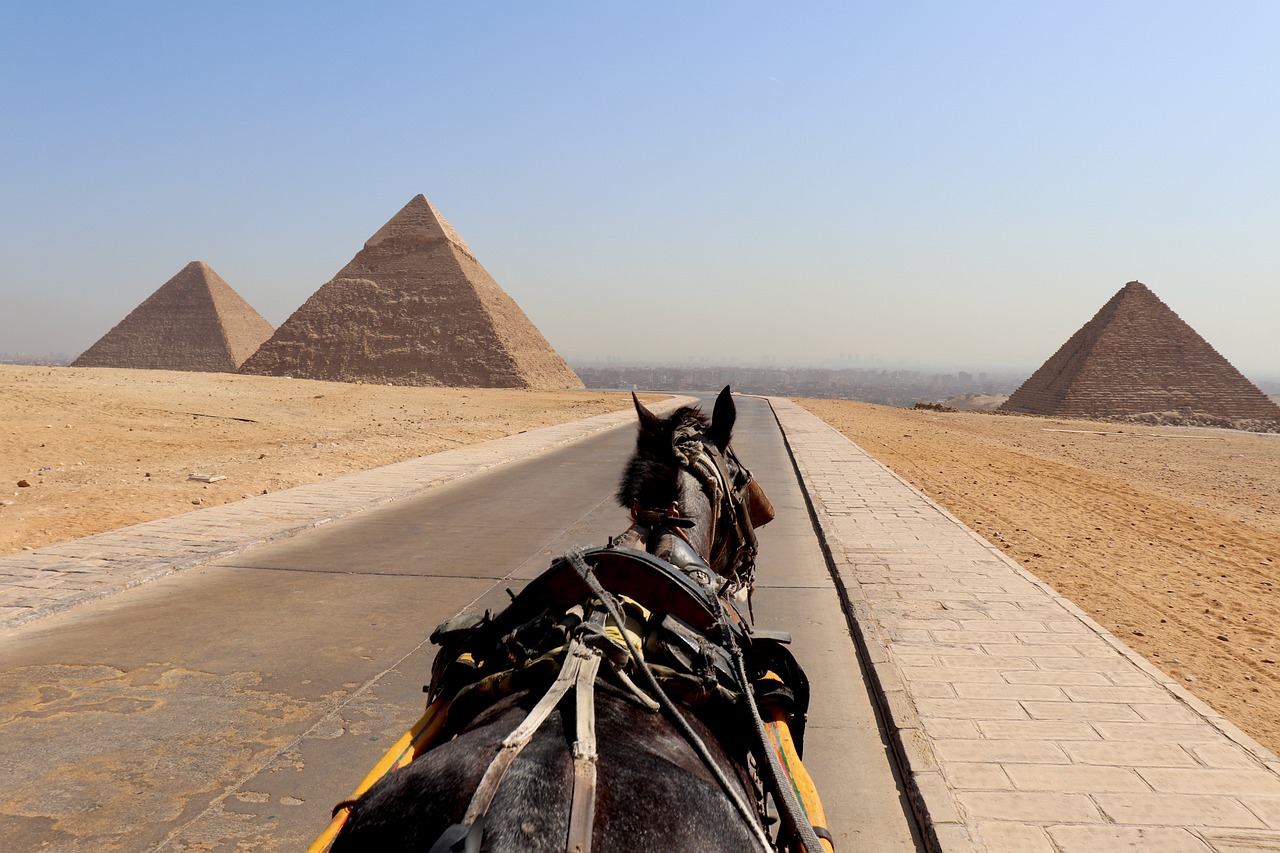
Guardian of the Pyramids
The Great Sphinx of Giza stands proudly as a guardian of the ancient pyramids, shrouded in mystery and intrigue. This majestic creature with the body of a lion and the head of a pharaoh is believed to watch over the pyramids of Giza and protect them from harm. Its presence has sparked countless theories and legends about its role in safeguarding the sacred structures that lie in its shadow.
According to Egyptian mythology, the Great Sphinx is seen as a symbol of protection and power, embodying the strength and wisdom of the pharaohs. It is said to have been constructed to ward off evil spirits and enemies, ensuring the eternal safety of the pharaohs buried within the pyramids. The Sphinx's imposing presence served as a warning to those who dared to desecrate the sacred grounds of the Giza plateau.
Archaeologists and historians have long debated the true purpose of the Great Sphinx, with some suggesting that it was built as a guardian statue to stand watch over the tombs of the pharaohs. The alignment of the Sphinx with the rising sun and its proximity to the pyramids further fuel speculation about its role as a protective deity in ancient Egyptian beliefs.
Legends surrounding the Great Sphinx depict it as a mystical being capable of bestowing blessings upon those who show reverence and respect. It is said that the Sphinx possesses supernatural powers to shield the pyramids from harm and ensure their longevity for centuries to come. The enigmatic smile that graces its face is believed to hold the key to its guardianship over the ancient wonders of Giza.

Alignment and Astronomy
When it comes to the Great Sphinx of Giza, one cannot help but marvel at its precise alignment with the cardinal points and its potential astronomical significance. Standing proudly in front of the pyramids, this ancient monument has long been a subject of fascination for historians, archaeologists, and astronomers alike. The alignment of the Great Sphinx with the rising sun on the vernal equinox has sparked numerous theories about its purpose and connection to celestial events.
Some researchers believe that the orientation of the Great Sphinx towards the east may have been intentional, serving as a marker for important celestial events such as solstices and equinoxes. This alignment with the sun's path across the sky could symbolize the eternal cycle of life, death, and rebirth, reflecting the ancient Egyptian beliefs in the afterlife and the journey of the soul.
Moreover, the positioning of the Great Sphinx in relation to the pyramids has led to speculation about its role in ancient Egyptian cosmology. Some theories suggest that the layout of the Giza plateau, including the Great Sphinx, may have been designed to mirror the arrangement of stars in the constellation of Leo, further emphasizing its celestial connections.
Recent studies using advanced technology and computer simulations have shed new light on the astronomical alignments of the Great Sphinx, revealing intricate details about its orientation and possible astronomical significance. By analyzing the angles and positions of the monument in relation to celestial bodies, researchers continue to uncover the mysteries surrounding its alignment and its potential role in ancient Egyptian astronomy.

Restoration Efforts
Restoration efforts surrounding the Great Sphinx of Giza stand as a testament to humanity's dedication to preserving ancient wonders. The monumental task of conserving this iconic structure involves a delicate balance of historical significance and modern technology. Experts and archaeologists work tirelessly to combat the effects of weathering and erosion that threaten the integrity of the Sphinx.
One of the key challenges faced in the restoration process is the impact of natural elements on the limestone structure of the Great Sphinx. Over centuries, wind, sand, and humidity have taken their toll on this ancient monument, necessitating careful intervention to prevent further deterioration. Preservationists employ specialized techniques to protect the Sphinx from the ravages of time.
Modern advancements in technology play a crucial role in the restoration efforts aimed at safeguarding the Great Sphinx of Giza. Through the use of 3D scanning, laser technology, and other scientific methods, researchers gain valuable insights into the structure's condition and history. These innovative approaches enable a deeper understanding of the Sphinx's construction and aid in developing effective conservation strategies.
Collaborative initiatives between international organizations and local authorities underline the global significance of preserving the Great Sphinx. Conservation projects not only focus on physical restoration but also encompass educational programs to raise awareness about the historical importance of this ancient marvel. By engaging the public in the restoration efforts, the legacy of the Great Sphinx is shared and cherished for generations to come.
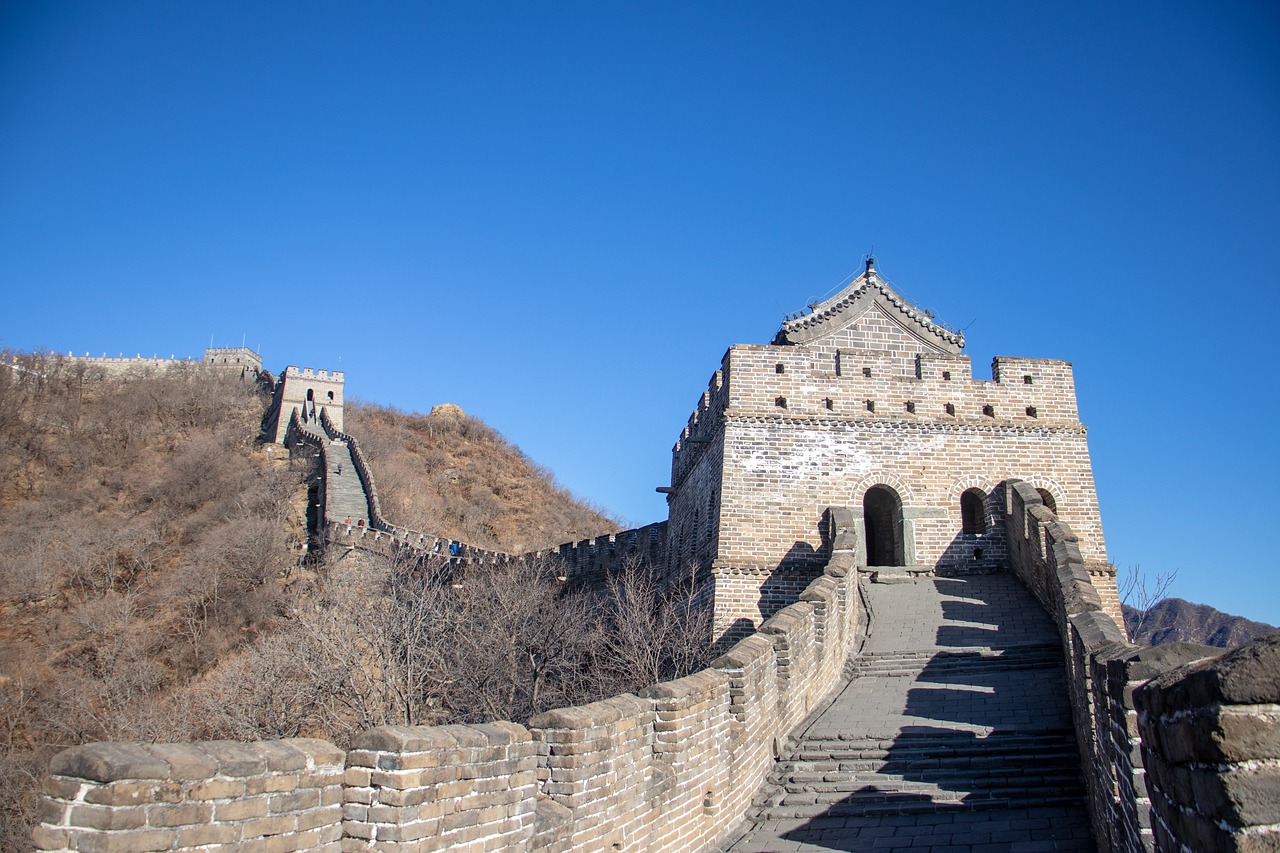
Weathering and Erosion
Weathering and erosion have long been significant challenges facing the Great Sphinx of Giza, the ancient guardian of the pyramids. The relentless forces of nature, including wind, sand, and rainfall, have gradually worn down the limestone structure over thousands of years, leaving visible signs of decay on its once majestic facade. The impact of weathering is evident in the erosion patterns on the Sphinx's body, particularly noticeable on its back and flanks where the stone has been eroded away, causing structural weaknesses.
To combat the effects of weathering and erosion, conservation experts have implemented various preservation techniques to safeguard this iconic monument. Protective measures such as applying consolidants to strengthen the limestone, installing drainage systems to redirect water away from the Sphinx, and periodic cleaning to remove debris and pollutants have been crucial in maintaining the structural integrity of the Great Sphinx of Giza.
The harsh desert climate of Egypt poses a continuous threat to the preservation of the Sphinx, making regular monitoring and maintenance essential. Climate change and pollution further exacerbate the challenges of weathering and erosion, necessitating ongoing efforts to ensure the longevity of this ancient wonder. By employing a combination of traditional conservation methods and cutting-edge technologies, experts strive to protect the Great Sphinx of Giza from the ravages of time and nature.
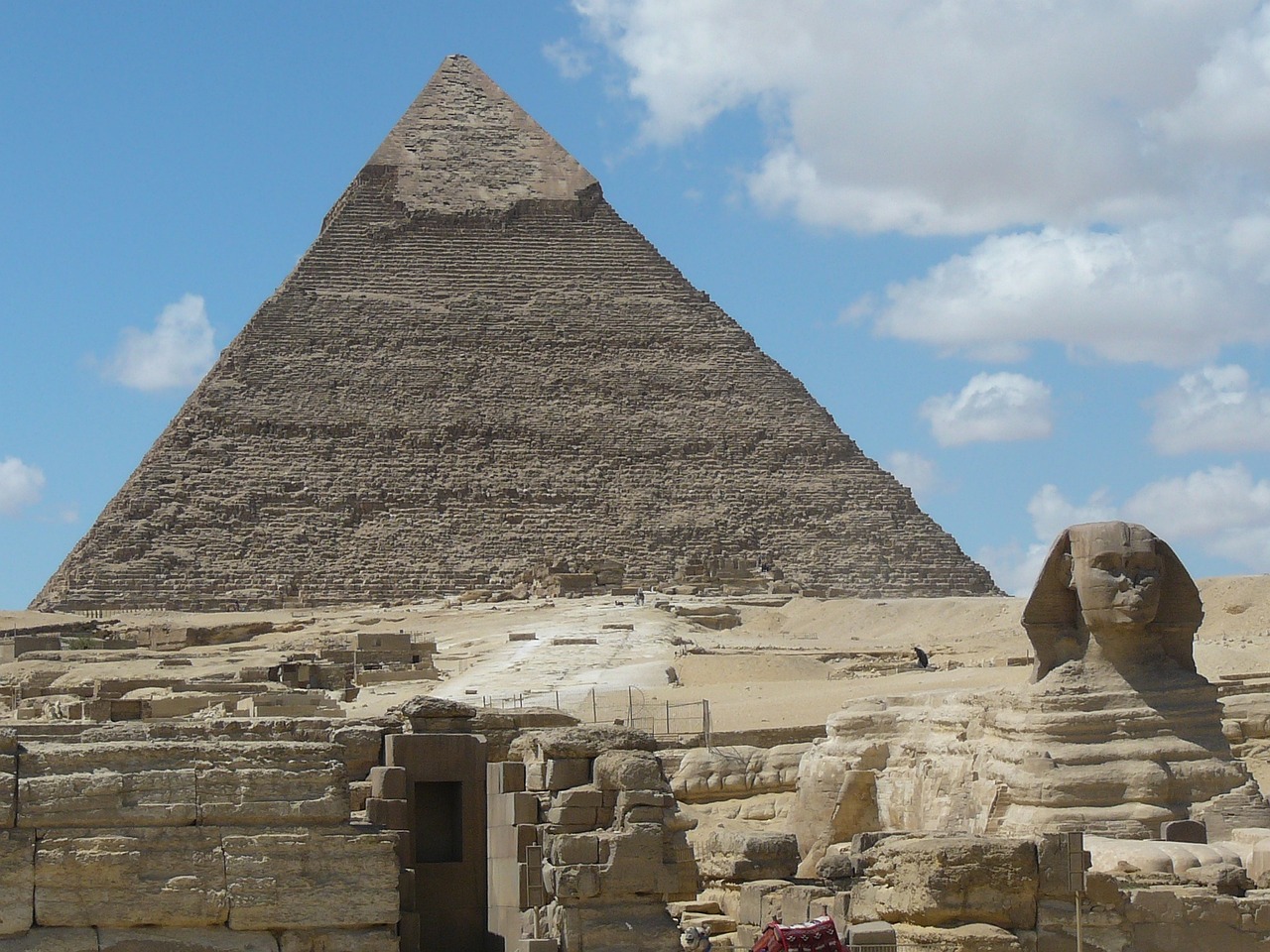
Technological Advancements
The Great Sphinx of Giza has long been a subject of fascination and intrigue, not only for historians and archaeologists but also for technologists and scientists. In recent years, remarkable technological advancements have revolutionized the study and preservation of this ancient monument.
One of the most significant technological advancements in the field of Egyptology is the use of 3D scanning and modeling. By employing cutting-edge laser scanning technology, researchers can create highly detailed 3D models of the Great Sphinx, allowing for in-depth analysis without the need for physical contact with the monument. This non-invasive technique has provided new insights into the structure and composition of the Sphinx, aiding in conservation efforts.
Furthermore, remote sensing technologies such as ground-penetrating radar have been instrumental in uncovering hidden chambers and tunnels beneath the Great Sphinx. These advanced tools enable researchers to explore the monument's underground architecture without disturbing the surface, offering a glimpse into previously unknown aspects of its construction and history.
In addition to non-invasive imaging techniques, advancements in material science have played a crucial role in preserving the Great Sphinx. Specialized coatings and sealants developed through nanotechnology have been applied to the monument's surface to protect it from environmental factors such as pollution and humidity. These innovative solutions help prevent further deterioration and ensure the longevity of this iconic structure.
Moreover, the use of drones equipped with high-resolution cameras has revolutionized aerial surveys of the Great Sphinx and its surrounding area. By capturing detailed aerial images and videos, researchers can monitor changes to the monument's condition over time and identify areas in need of conservation efforts. This aerial perspective offers a comprehensive view of the site, aiding in the planning and execution of restoration projects.
Overall, technological advancements have opened up new possibilities for the study, conservation, and understanding of the Great Sphinx of Giza. By harnessing the power of modern technology, researchers can unravel the mysteries of this ancient monument while ensuring its preservation for future generations to marvel at.
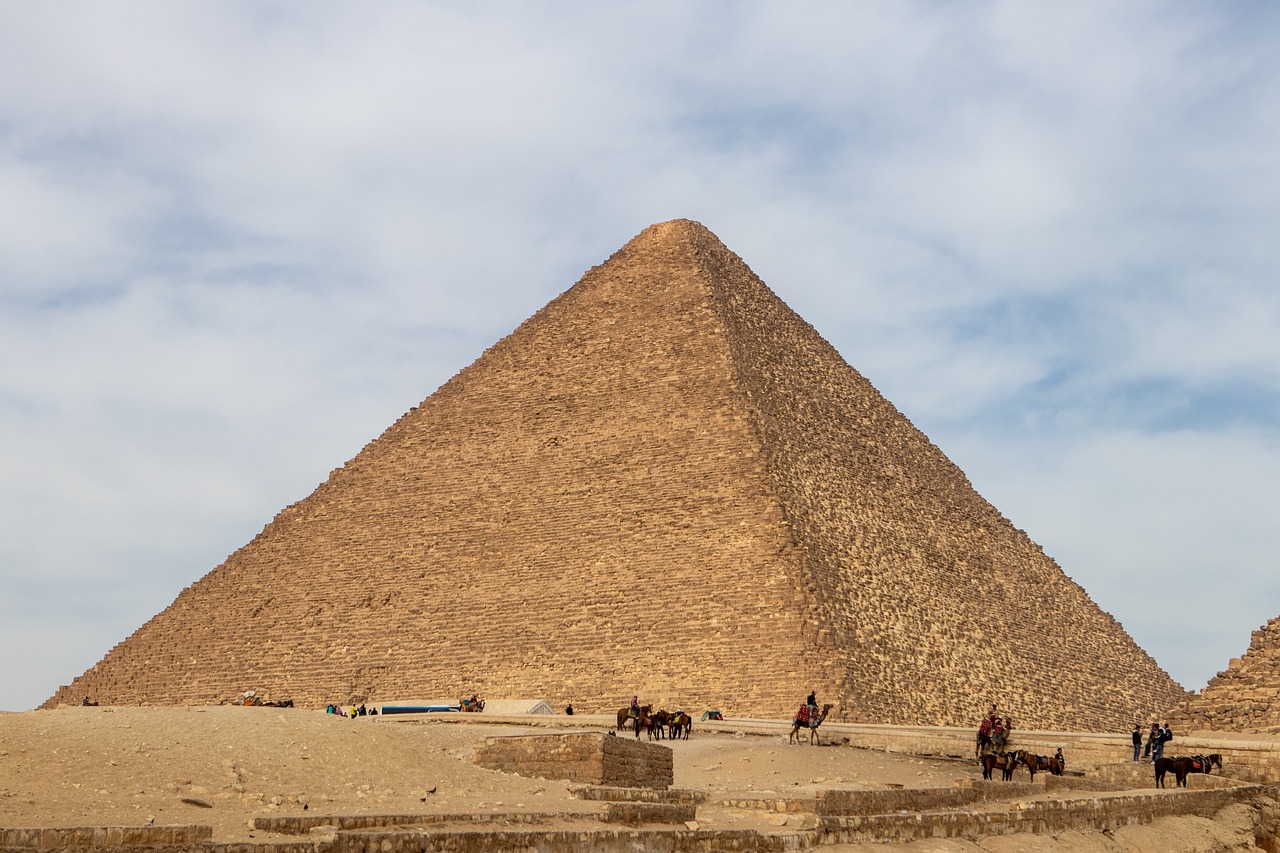
Legends and Myths
Exploring the mysteries and historical significance of one of the world's most iconic monuments, the Great Sphinx of Giza in Egypt.
Unraveling the origins, purpose, and methods used in the construction of the Great Sphinx of Giza, dating back to ancient Egyptian civilization.
Delving into the symbolic meanings and cultural significance attributed to the Great Sphinx of Giza throughout history and in modern times.
Examining the role of the Great Sphinx of Giza as a guardian monument believed to protect the nearby pyramids of Giza.
Investigating the possible astronomical alignments and celestial significance associated with the positioning of the Great Sphinx of Giza.
Highlighting the ongoing conservation and restoration efforts aimed at preserving the Great Sphinx of Giza for future generations.
Discussing the impact of weathering and erosion on the Great Sphinx of Giza and the measures taken to mitigate these effects.
Exploring how modern technology and scientific techniques are being utilized to study and protect the Great Sphinx of Giza.
Legends and myths surrounding the Great Sphinx of Giza have captivated imaginations for centuries. Stories of hidden chambers, mystical powers, and ancient curses have shrouded the monument in an air of mystery and intrigue. Some believe that the Sphinx holds the secrets of the universe, while others claim it is a portal to another dimension. The enigmatic smile carved on its face has sparked countless interpretations, from representing wisdom and knowledge to concealing a riddle waiting to be solved.
Frequently Asked Questions
- What is the Great Sphinx of Giza?
The Great Sphinx of Giza is a colossal limestone statue with the body of a lion and the head of a pharaoh, believed to represent the Pharaoh Khafre. It is situated on the Giza Plateau near Cairo, Egypt, and is one of the most famous and recognizable monuments in the world.
- How was the Great Sphinx of Giza constructed?
The exact method of construction of the Great Sphinx remains a subject of debate among archaeologists and historians. It is believed to have been carved from a single mass of limestone bedrock using basic tools and techniques available during the Old Kingdom period of ancient Egypt.
- What is the significance of the Great Sphinx of Giza?
The Great Sphinx holds immense cultural and symbolic significance in Egyptian history. It is considered a guardian figure, believed to protect the pyramids of Giza and serve as a symbol of royal power and authority.
- Are there any restoration efforts in place for the Great Sphinx?
Yes, there are ongoing conservation and restoration efforts aimed at preserving the Great Sphinx of Giza. These efforts focus on combating weathering and erosion, as well as utilizing modern technology for study and protection.
- What are some of the myths and legends associated with the Great Sphinx?
Various myths and legends surround the Great Sphinx of Giza, including tales of hidden chambers beneath the statue, prophecies related to its gaze, and theories linking it to ancient civilizations and extraterrestrial beings.








